When it comes to selecting the right Membrane Bioreactor (MBR) membrane for wastewater treatment systems, it can often be a complicated task. The MBR membrane is at the heart of the system, responsible for filtering water and ensuring the removal of contaminants. With numerous types of MBR membranes available, it’s crucial to understand the different options and select the one that best fits your needs. This guide will walk you through the key factors to consider when choosing an MBR membrane, helping you make an informed decision that leads to optimal performance and cost-efficiency.
1. Understanding MBR Technology
Membrane Bioreactor (MBR) technology combines traditional activated sludge treatment with membrane filtration. This results in highly efficient filtration of suspended solids, organic matter, and pathogens. The membrane plays a vital role in ensuring that the effluent meets regulatory standards. There are two primary types of MBR membranes: hollow fiber membranes and flat sheet membranes. Understanding these types and their respective features is essential when deciding which one is best suited for your system.
2. Key Factors to Consider When Selecting an MBR Membrane
a. Membrane Material
The material of the membrane affects its longevity, permeability, and resistance to fouling. The most common materials used are polymeric materials such as PES (polyethersulfone), PVDF (polyvinylidene fluoride), and PE (polyethylene). Each material has its strengths:
- PES membranes are known for their high chemical resistance and mechanical strength.
- PVDF membranes offer excellent fouling resistance and better performance in high-temperature applications.
- PE membranes are more cost-effective and offer good fouling resistance, making them ideal for certain smaller-scale applications.
b. Membrane Pore Size
The pore size of the membrane determines the filtration efficiency. MBR membranes typically range from 0.1 to 0.4 microns. Smaller pore sizes provide better filtration, particularly for fine particles and pathogens. However, smaller pores can also increase the risk of fouling, which requires more frequent cleaning.
c. Flux Rate
The flux rate refers to the volume of water that can be filtered per unit of membrane area, typically measured in liters per square meter per hour (LMH). High flux rates increase the efficiency of the system but may also raise the potential for membrane fouling. A balance between the flux rate and fouling resistance is important for optimal operation.
| Flux Rate (LMH) | Application | Fouling Resistance |
|---|---|---|
| 20-30 | Small-scale, residential treatment | Low to medium |
| 30-50 | Industrial applications | Medium |
| 50-100 | Large-scale municipal systems | High |
d. Membrane Life Cycle and Maintenance
The life cycle of the membrane, including its durability and ease of maintenance, is a critical consideration. Membranes that require frequent cleaning or replacement can significantly increase operational costs. Consider a membrane with long-lasting durability and one that requires minimal cleaning to reduce maintenance costs.
| Membrane Type | Average Lifespan (Years) | Maintenance Requirements |
|---|---|---|
| Hollow fiber | 5-10 | Moderate cleaning frequency |
| Flat sheet | 7-15 | Low to moderate cleaning frequency |
3. Understanding the Operational Environment
Different MBR systems are designed for different operational environments. Factors such as the temperature of the water, the concentration of contaminants, and the presence of certain chemicals will affect the performance and lifespan of the membrane. Make sure to evaluate the conditions in which the membrane will operate and choose one that is resistant to the specific challenges of your system.
4. Cost-Effectiveness and Return on Investment
While it’s essential to focus on the technical aspects of membrane selection, it’s also important to consider cost-effectiveness. MBR membranes come at varying price points, and the initial cost should be evaluated alongside the long-term operational costs. Choose a membrane that offers a good balance between upfront investment and long-term maintenance costs to maximize return on investment.
| Membrane Type | Initial Cost | Long-Term Operating Cost | ROI Potential |
|---|---|---|---|
| Hollow fiber | Medium | High | Low |
| Flat sheet | High | Medium | High |
5. Conclusion: Making the Right Choice
Selecting the right MBR membrane is essential for ensuring the success of your wastewater treatment system. By understanding the membrane material, pore size, flux rate, and operational requirements, you can select a membrane that maximizes efficiency and minimizes downtime. Keep in mind that the best choice will depend on your specific needs, including the scale of your system and the quality of effluent required. Investing in high-quality MBR membranes that match your operational environment will not only improve treatment performance but also reduce long-term maintenance costs.
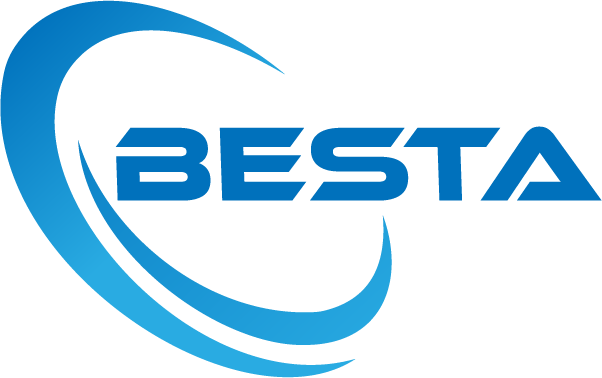
 MBR Membrane
MBR Membrane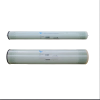 Reverse Osmosis Membrane
Reverse Osmosis Membrane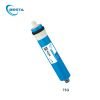 Residential Ro Membrane
Residential Ro Membrane UF Membrane
UF Membrane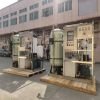 Water Treatment Plant
Water Treatment Plant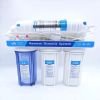 Residential Ro Machine
Residential Ro Machine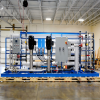 Brackish Ro System
Brackish Ro System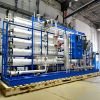 Sea water system/SW RO plant
Sea water system/SW RO plant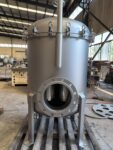 Bag Filter
Bag Filter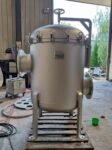 Cartridge Filter
Cartridge Filter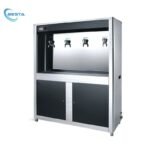 Commercial Water Filtration System
Commercial Water Filtration System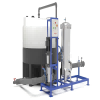 Membrane Cleaning System(CIP)
Membrane Cleaning System(CIP)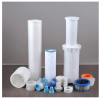 Consumables Accessories
Consumables Accessories
